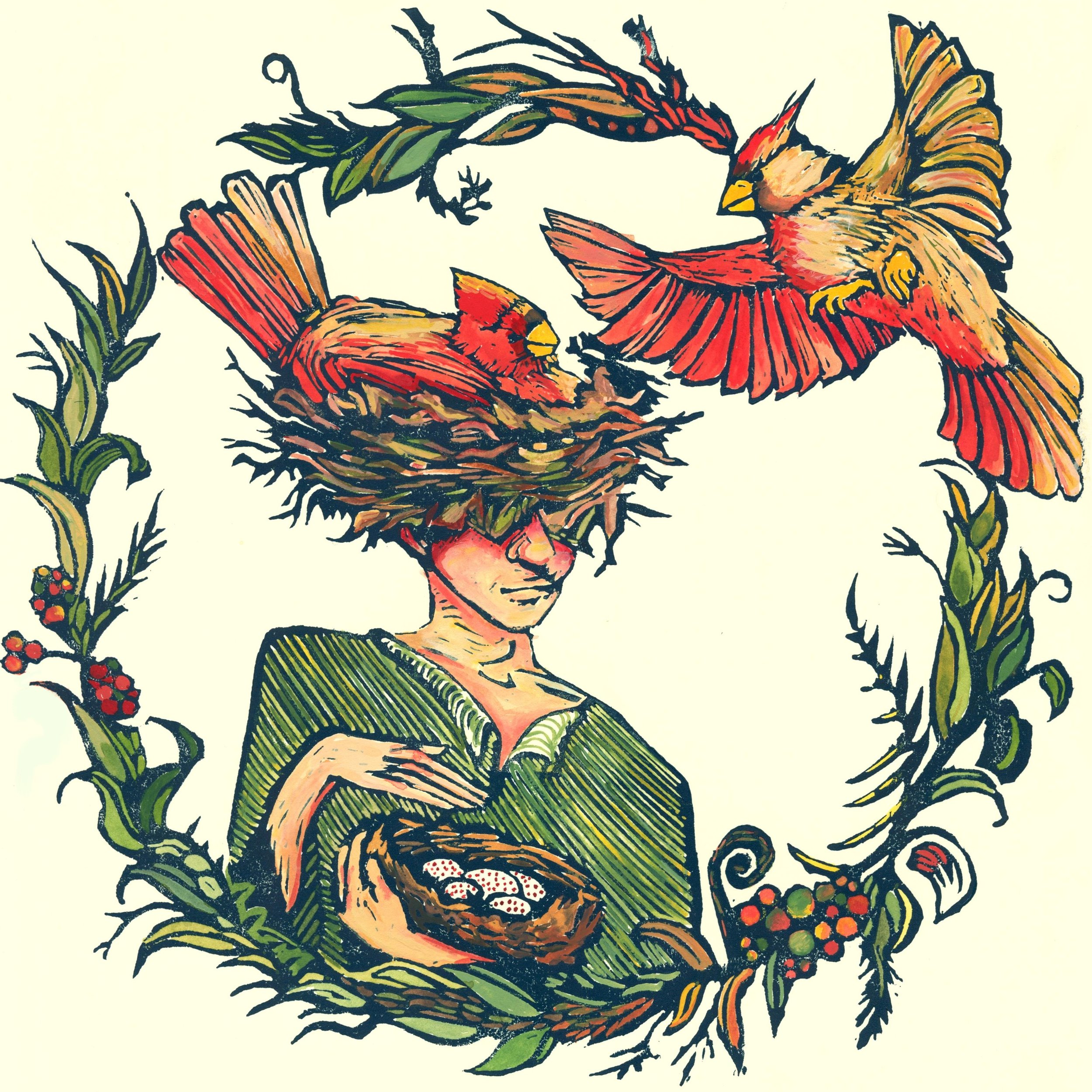Diversity in my music
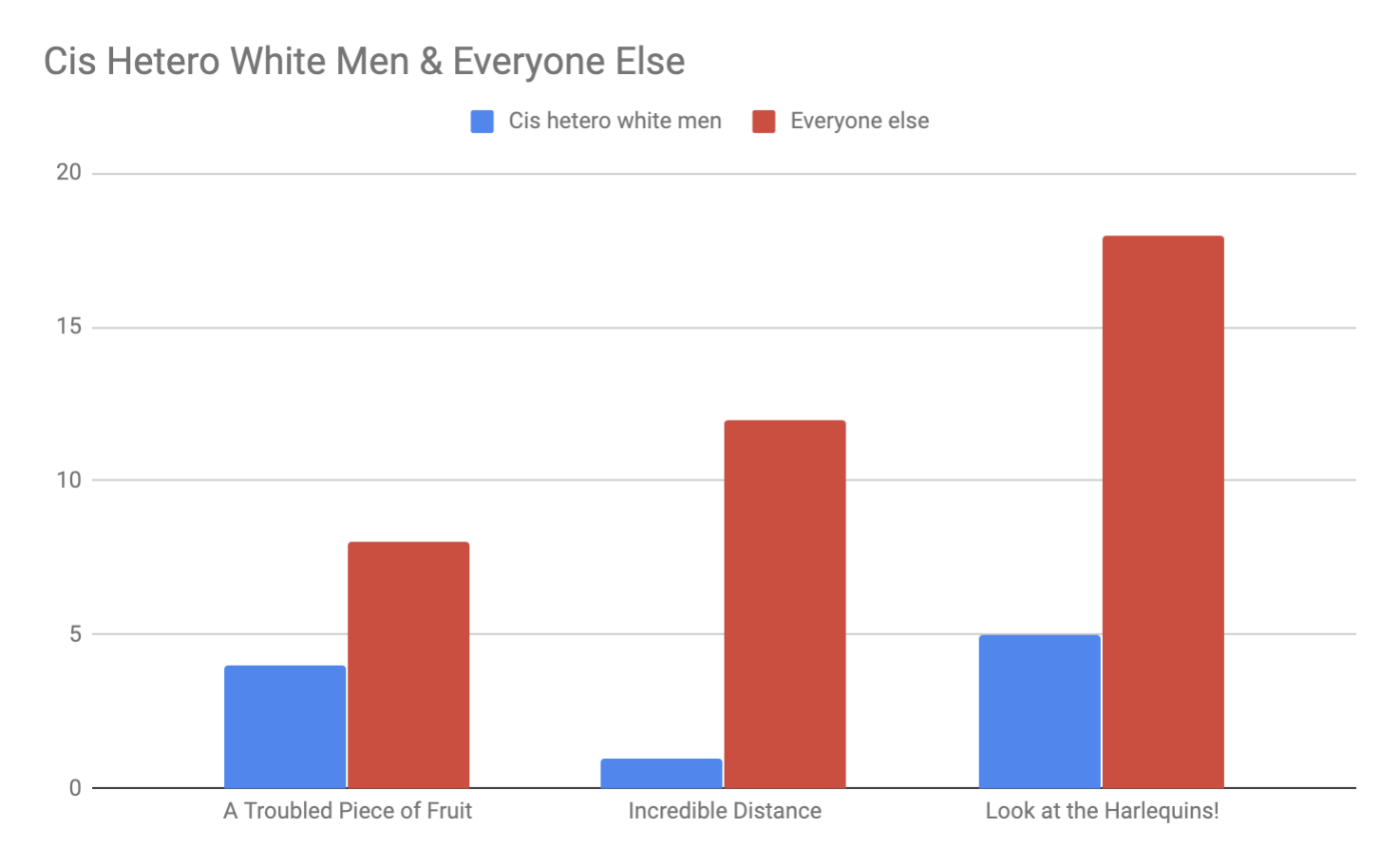
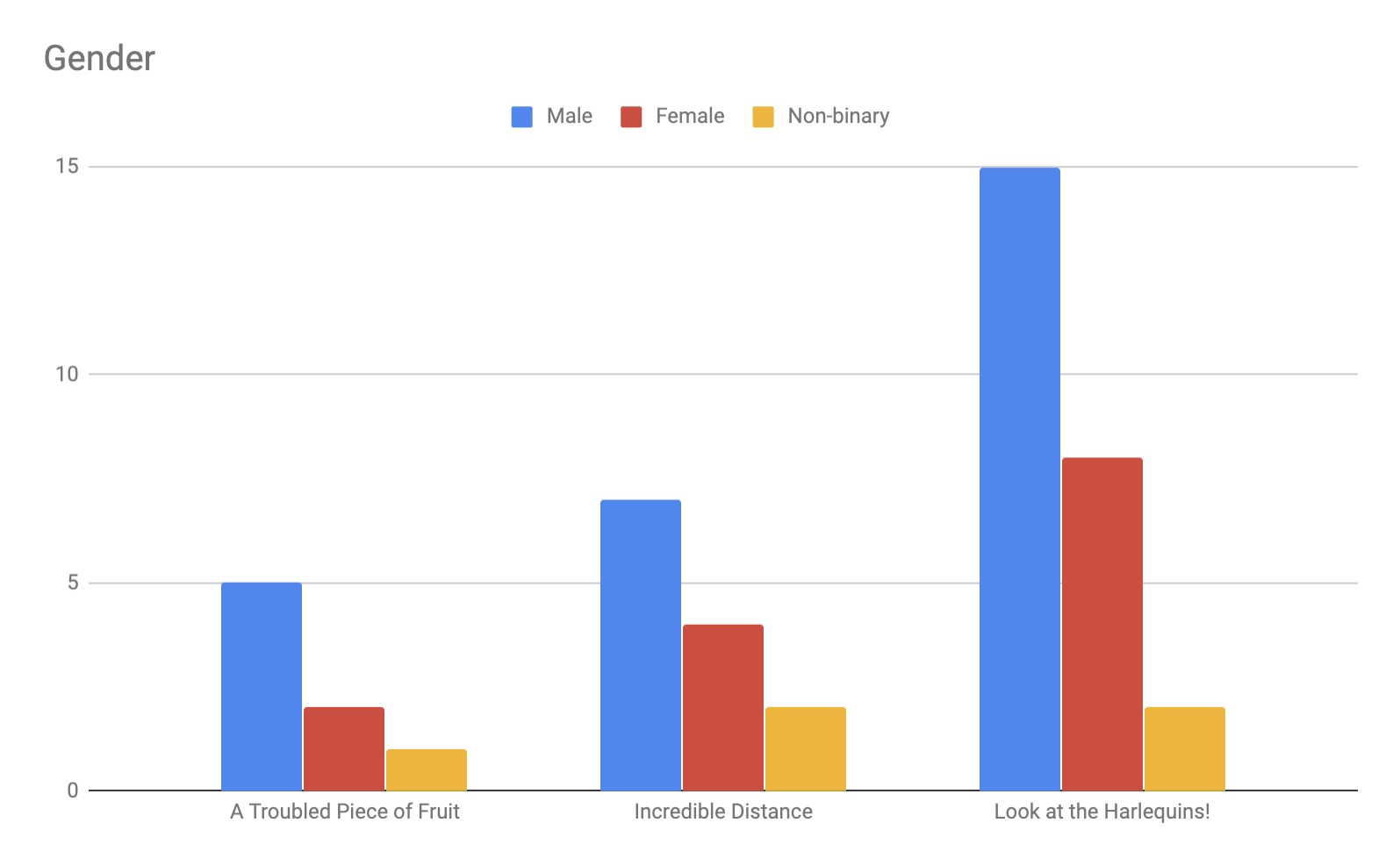
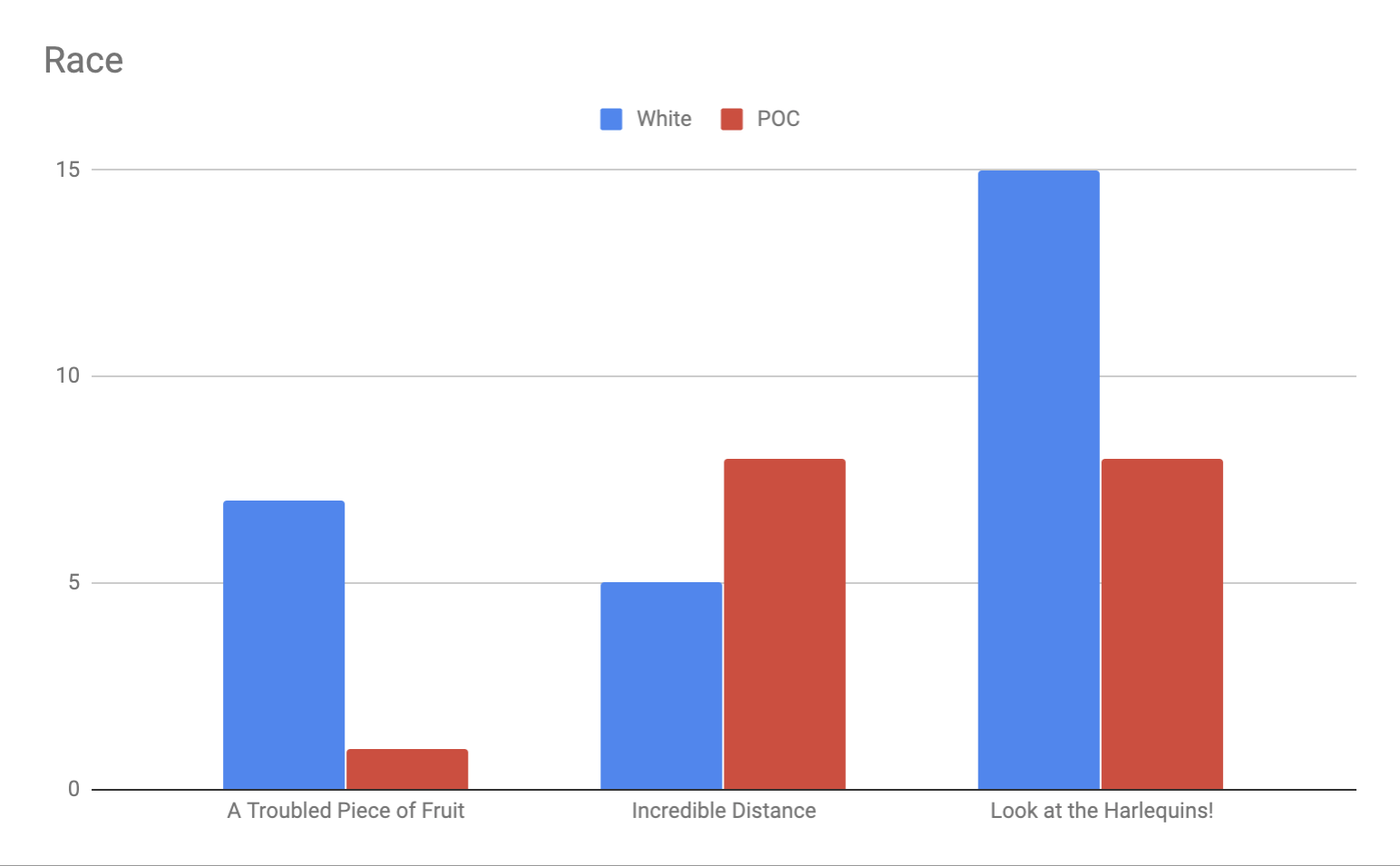
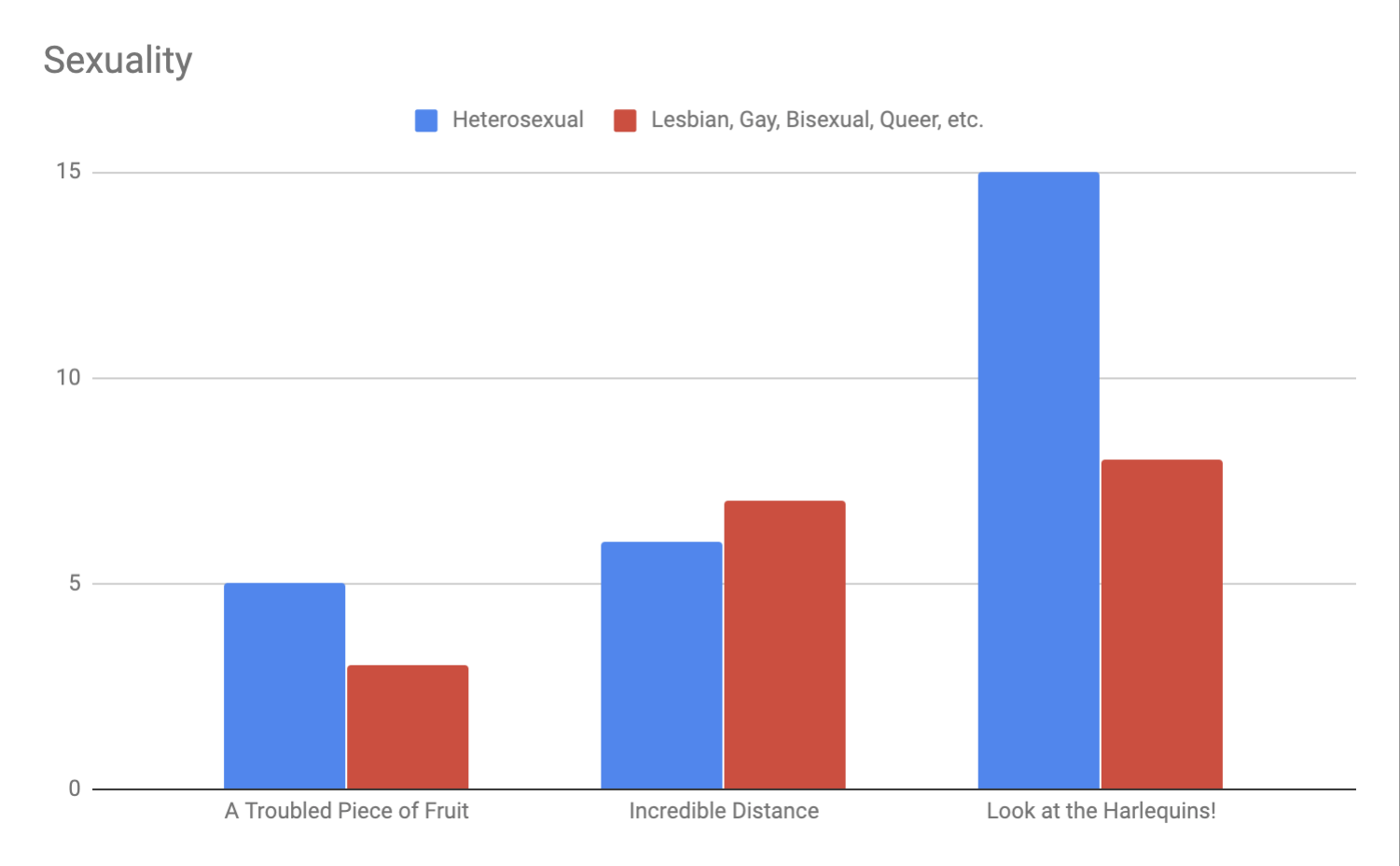
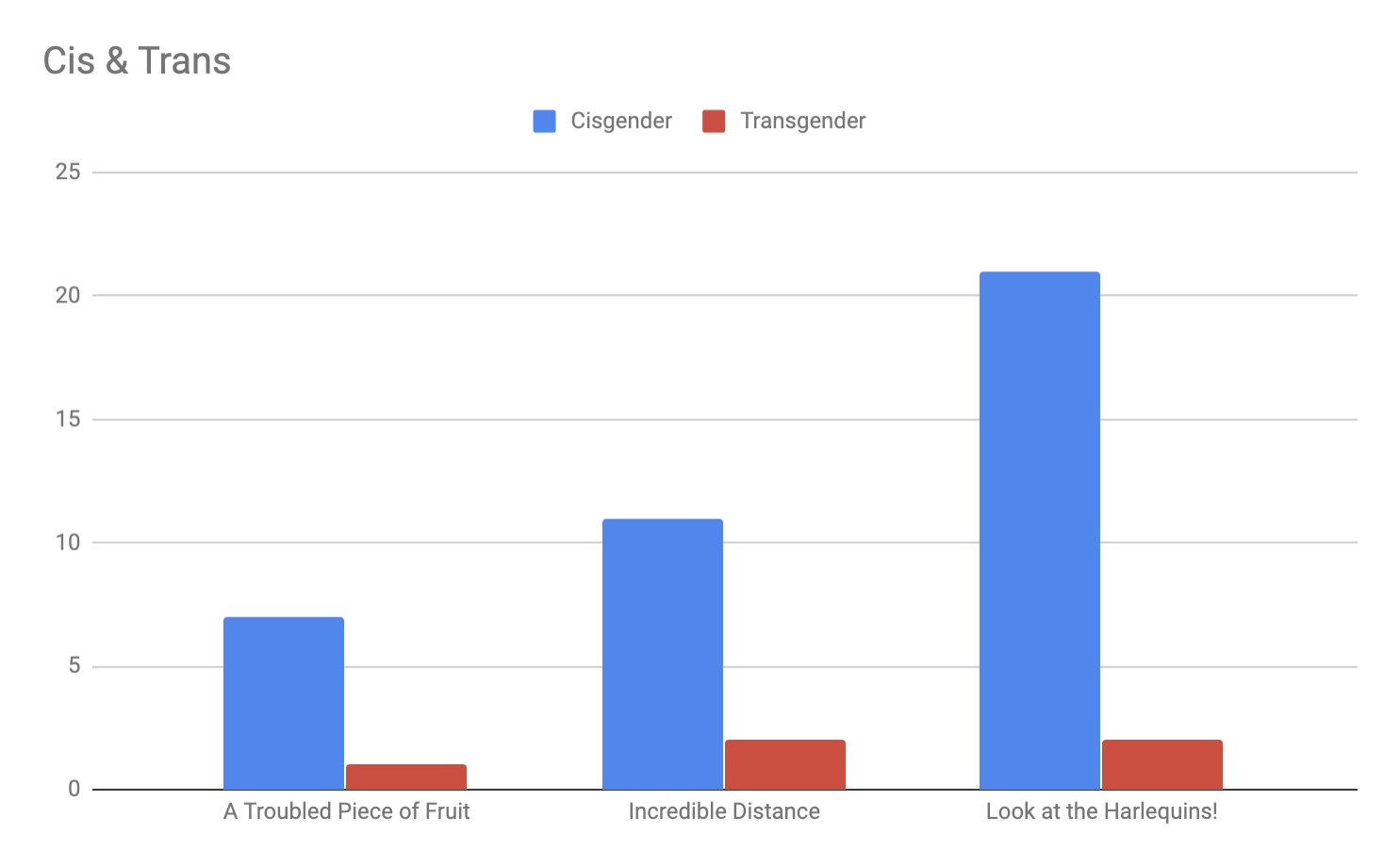
When I made my first album, A Troubled Piece of Fruit, my main concern was getting it done. I found an engineer, and when I needed session musicians, I basically hired whoever he suggested. A few friends of mine did the artwork, graphic design, and played cello and melodica.
Including myself, there were 8 people involved in the production. Only one was a person of color, and only two were women. (I’m non-binary, and I’m counting myself as such, though at the time that’s not how I identified.)
At the time, I wasn’t really looking at myself as a person providing opportunities in the music industry. My main focus was getting myself in the door.
Fast-forward to 2017 and the production of Incredible Distance. Reflecting on A Troubled Piece of Fruit, I realized that if I hired the most visible, highly recommended people, my personnel would be predominantly white, cisgender, heterosexual, and male. This was in Eugene, Oregon, and whenever I searched for local musicians, the first people in the results were always apparently the most privileged. And when I reached out to professors and instructors at the University of Oregon, they generally recommended white male students. Sometimes they gave me a few leads but recommended the white male on the grounds that “he has more experience”.
It’s worth noting — in case you’re unaware — that the music industry is a notorious bro-fest at basically every level. If you fit into that scene easily and comfortably, you’re going to go farther faster.
Wanting to to do my little part to dismantle the white cis heteropatriarchy, I decided that for Incredible Distance, I’d hire only women, people of color, and LGBTQIA+ folks.
And that’s what I did. It definitely complicated the process. I hadn’t done any recording since early 2013, and a lot of my contacts had moved away. Nonetheless, I was able to do almost everything in Eugene, though it ended up being easier to find a violist and a photographer in Phoenix, Arizona.
While I was in Phoenix (for a show as well as the recording and photoshoot), a non-white 20-something man asked me why I hadn’t been able to do it all in Eugene. When I explained that I wanted to hire only women, people of color, and LGBTQIA+ folks, he took issue with it and said I was being racist towards white people and discriminating against the many talented straight white men out there.
I have no clue what I said in response to that, but I assume it was something vague about agreeing to disagree, even though I hate that phrase.
In any case, I was more hesitant to disclose my hiring guidelines after that conversation.
But that guy in Phoenix can rest easy. When it came time for the final mixing and mastering, I did end up hiring one of the many talented straight white men out there.
Still, out of the 13 people who worked on Incredible Distance, eight were people of color, four were women, two were women of color, and four of the five white people were queer.
Now, for the latest record, Look at the Harlequins! How does it measure up in terms of diversity?
A whopping 23 people worked on it (compared to 13 on Incredible Distance and 8 on A Troubled Piece of Fruit). I decided not to completely exclude cis straight white guys, and ended up hiring five (three of whom I had worked with on A Troubled Piece of Fruit).
Eight of the 23 were people of color, and eight of the 23 were women — but zero were women of color. To my knowledge, eight of the 23 were queer. Of those eight, one was a person of color, and three were (white) women. The two non-binary people were white. Three of the 23 were BIPOC (Black & Indigenous people of color).
Of course, there’s a lot that goes on behind the scenes, and the numbers don’t tell you everything. There were women/POC/trans folks who got sick or had emergencies and weren’t able to be involved. There was also a cis white guy (orientation unknown) who I un-hired after he very rudely questioned the qualifications of a woman I had hired.
The takeaway for me is that I can stand to do better in ways, and that I absolutely should remain conscious of the hiring decisions I’m making — who’s getting the opportunities, who’s going to end up having “more experience”. I love everyone I worked with on this (and every) record, and I want to hire more people of color — particularly women of color, trans people of color, and Black & Indigenous people of color — in the future.
I’m just one independent musician of modest means, so it’s probably a stretch to say “With great power comes great responsibility” self-referentially. But with great power over a relatively small project does come some responsibility, for sure. I want to always hold myself accountable and use my power responsibly.
